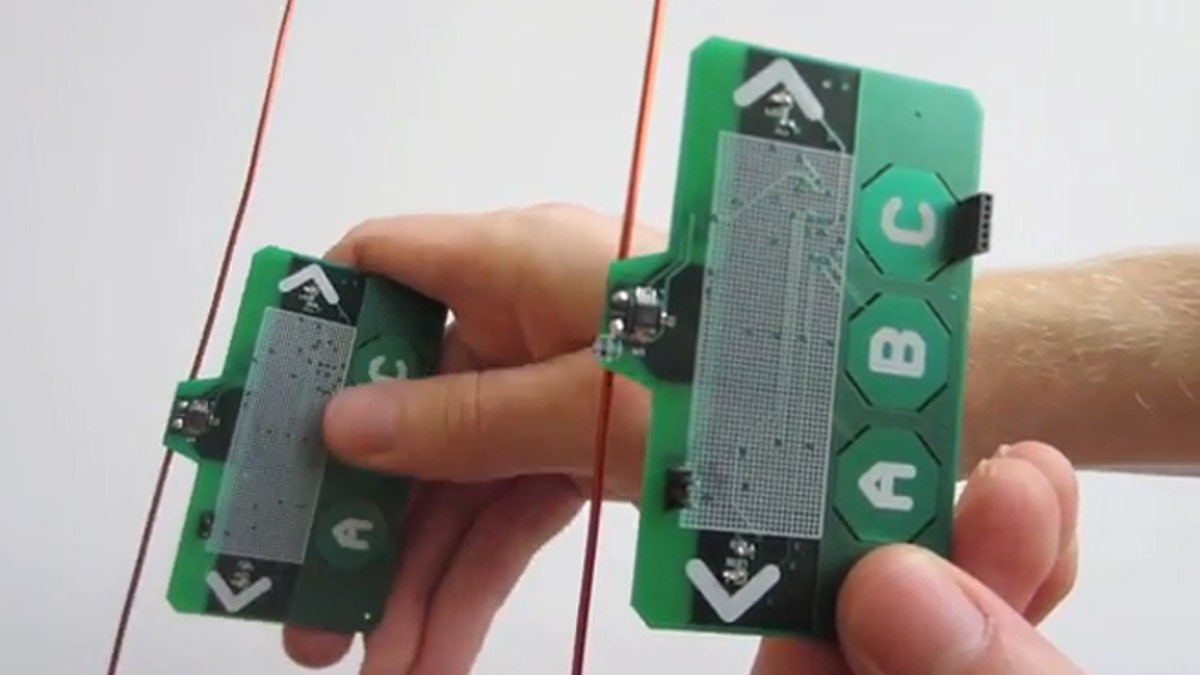
This device turns wireless signals into both a source of power and a communication medium. (uwsensor/Youtube)
Sending texts after a phone’s battery dies sounds impossible, right? Soon it might not, thanks to a new technology that not only uses TV and Wi-Fi signals for device communication, it taps those signals as a power source. No batteries required.
PHOTOS: Tasty Tech Eye Candy of the Week
Developed by researchers from the University of Washington, the technology is known as “ambient backscatter” and could potentially create networks of devices and sensors that can transmit information by reflecting existing signals to exchange information, without the need for internal batteries.
“We can repurpose wireless signals that are already around us into both a source of power and a communication medium,” lead researcher Shyam Gollakota, a UW assistant professor of computer science and engineering, said in a press release. “It’s hopefully going to have applications in a number of areas including wearable computing, smart homes and self-sustaining sensor networks.”
Researchers built small, credit card-sized devices equipped with antennas that detect, harness and reflect those signals to similar devices. The team tested the prototypes in various locations around the Seattle area, including a street corner, inside an apartment building and on top of a parking garage. Locations ranged from less than a half a mile away from a TV tower to about 6.5. miles away.
The receiving devices picked up a signal at a rate of 1 kilobit per second when 2.5 feet away from their outdoor counterparts and 1.5 feet apart when inside. That’s enough to transmit a text message, sensor reading and contact information.
BLOG: Bacteria-Powered Light Bulb Is Electricity-Free
Researchers envision the technology being used in sensors that monitor bridges for hairline cracks. Potentially, the tech could be built in to cell phones to provide emergency power when the battery has died. While the applications are endless, researchers want to advance the capacity and range of the devices.
“Ambient Backscatter” sounds like a fantastic name for an electroclash band, so while you round up your synth-playing posse, check out this video of your band’s namesake device.
